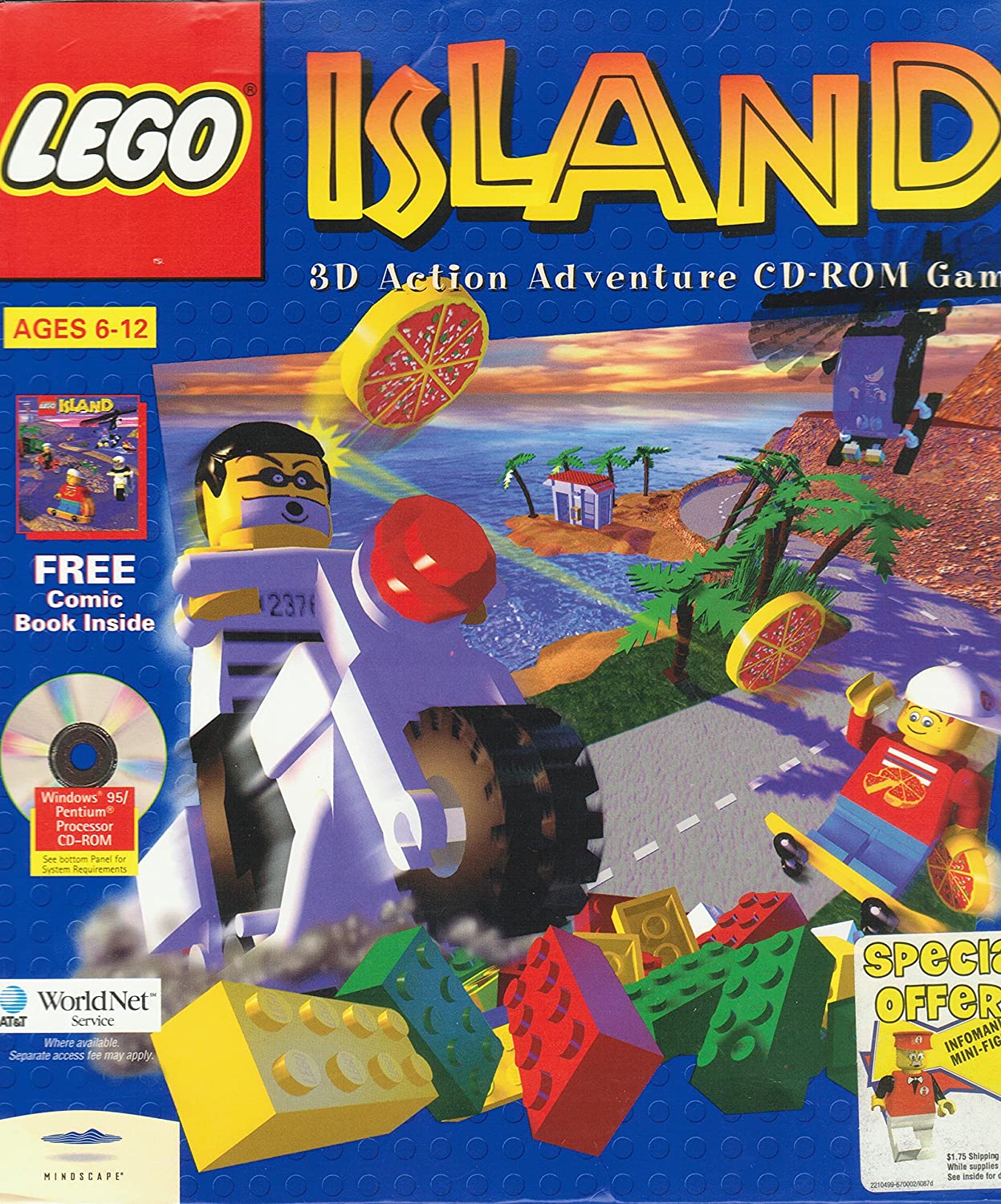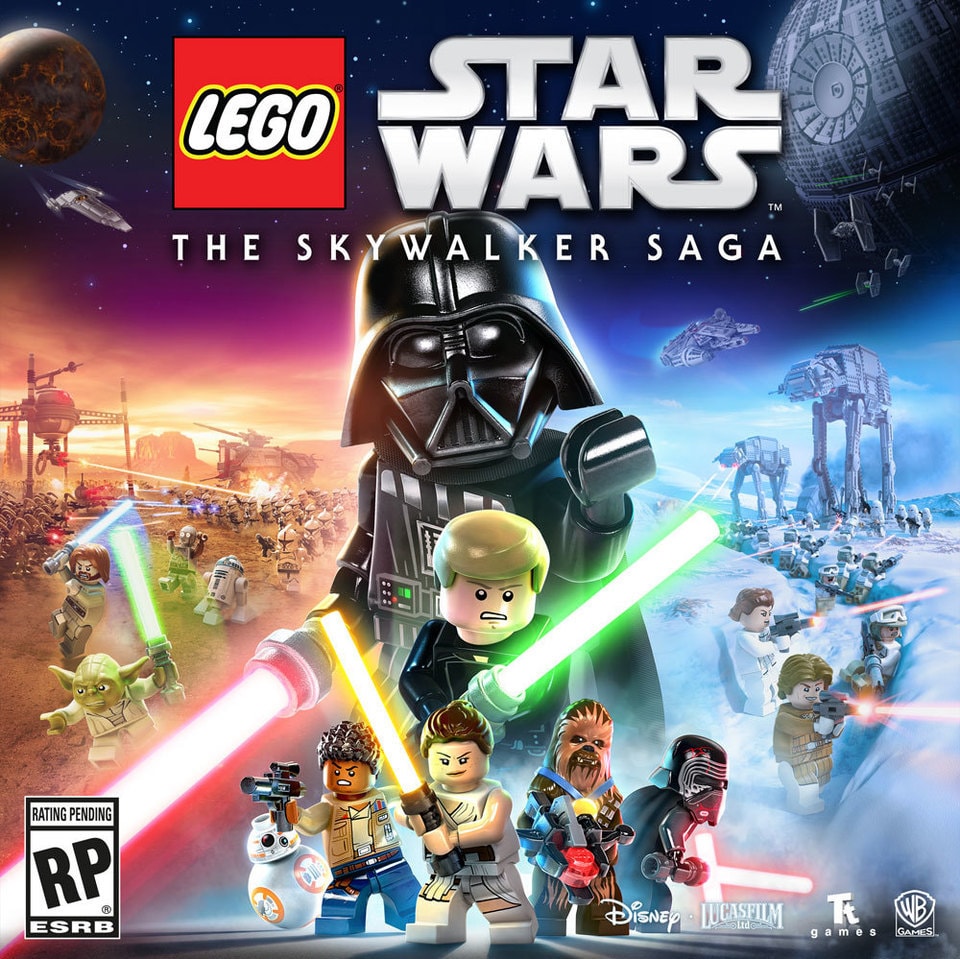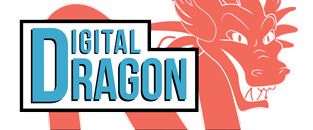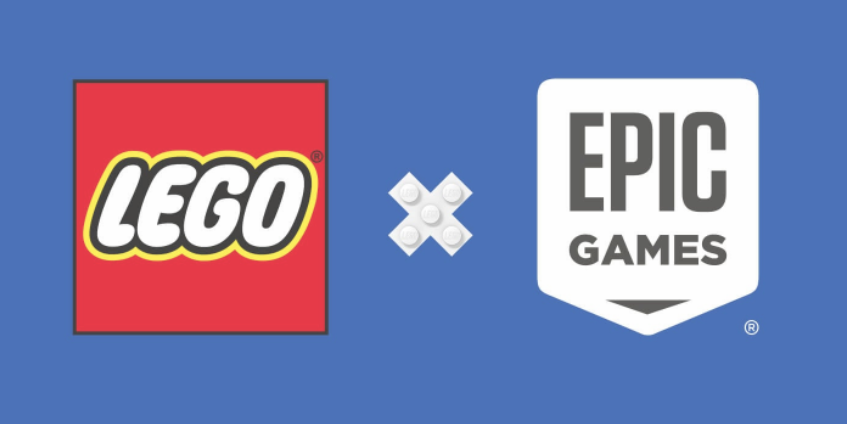What do Harry Potter and Star Wars have in common? Hold on to your plastic wizard hats and stormtrooper helmets! Read more to find out how LEGO is going WAY beyond the bricks.
 Photo Courtesy LEGO
Photo Courtesy LEGO
Building towards the Metaverse: LEGO in an Increasingly Digital World
There’s really no place to hide from the Danish Toymaker. From the silver screen to video games, to even lurking right below your approaching foot, the LEGO brand is enormous. While best known for their construction sets, this month we’re instead going to look at the company’s digital footprint and how they have approached the increasingly digital world as we all march towards the Metaverse.
 Photo courtesy LEGO
Photo courtesy LEGO
In 1997 we were introduced to the Windows title LEGO Island – the first LEGO title released outside of Japan. Some key features of the action-adventure title is that it was non-linear and therefore an open worldish experience. For 1997, that’s already exciting! Secondly, it loosely revolved around missions by “building” (collecting pieces). This was again an action-adventure, not a building game focused on the core LEGO values. The game saw commercial success and even drove an increase in sales of physical sets.
 Photo courtesy Star Wars/Disney/LucasFilm and LEGO
Photo courtesy Star Wars/Disney/LucasFilm and LEGO
From there came an onslaught of titles totaling in the mid 80s including not yet released titles like the upcoming release of LEGO Bricktales. While there are plenty of forgettable titles, there are some to call attention to. The titles to note were from the licensed partners of LEGO including Harry Potter (2001) and Star Wars (2005). At the helm of development was TellTale Games who have put together 34 titles for LEGO so far, most recently, the expansive and almost entirely brick built LEGO Star Wars: The Skywalker Saga. Another indie-esque gem is 2019’s LEGO Builder’s Journey.
Stitched in between these blockbusters and experiments lies LEGO’s meticulous march towards the Metaverse. While not only having an in-house game studio, LEGO has also partnered w/ Unity. Unity, of course, being one of the largest and most accessible game engines to date. As mentioned in previous posts, LEGO also has a very robust digital construction platform in Stud.io. Add to that a recent $1 Billion into Epic Games, the company behind the other leading game development platform, Unreal Engine. Put all of this together, and you have a very competitive portfolio for tackling the next big thing: The Metaverse.
TLDR; While LEGO has been in the digital play space for over 2 decades, their approach has always been a cautious and calculated one. After nearly a century of titles released, packed with extensive digital platforms and toolkits, LEGO has tossed their plastic hat into the race for the Metaverse with a $1B investment in Fortnite maker Epic Games. What mechanics will they focus on? Building, collecting, action and adventure? We’ll have to wait and see if they can make it click.
Last but not least – for all the kids out there that love creating in LEGO – you will also love Digital Dragon Classes and Camps, so be sure and check them out.
About the Author:
John Balash was instrumental in Digital Dragon’s launch in 2013 as its first Curriculum Director and is now back in the fold as a consultant on all the latest and greatest in tech education.This is John’s latest contribution to a monthly blog series we’ve launched, Tech News from the Frontier. John is the Director of Educational Engagement at Carnegie Mellon University’s Entertainment Technology Center. John has worked on educationally-focused initiatives with clients ranging from D.A.R.P.A. to Disney. Working from both sides of the desk, you can find John in classrooms and conferences around the world exploring new uses for technologies in learning environments.

